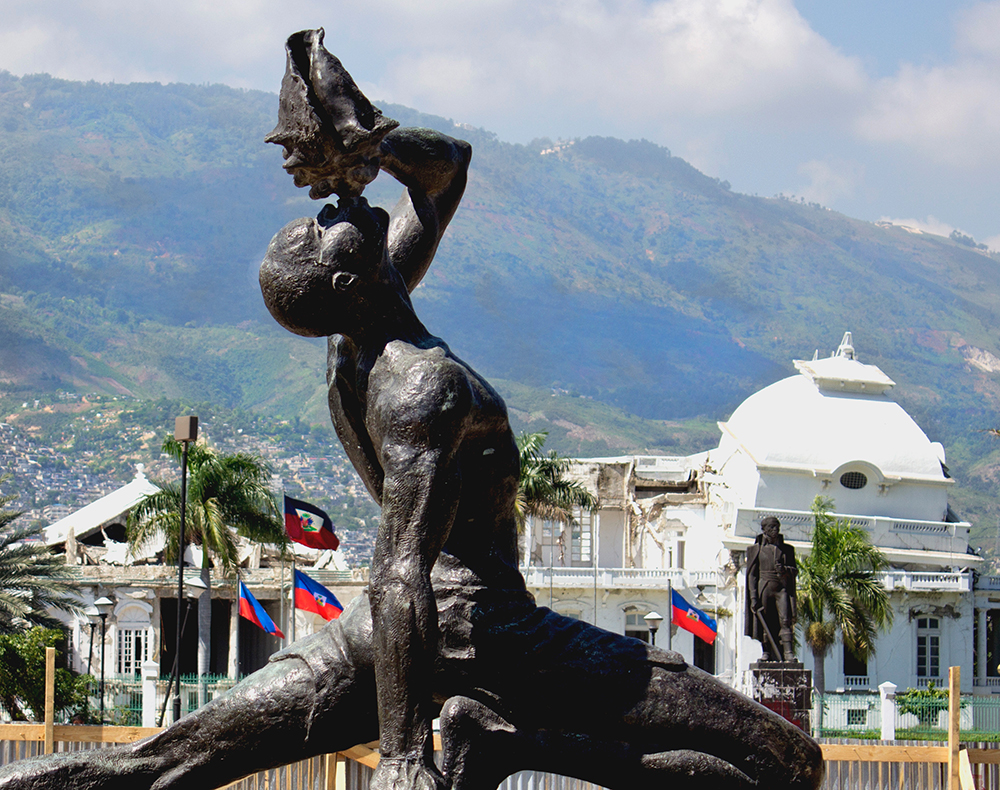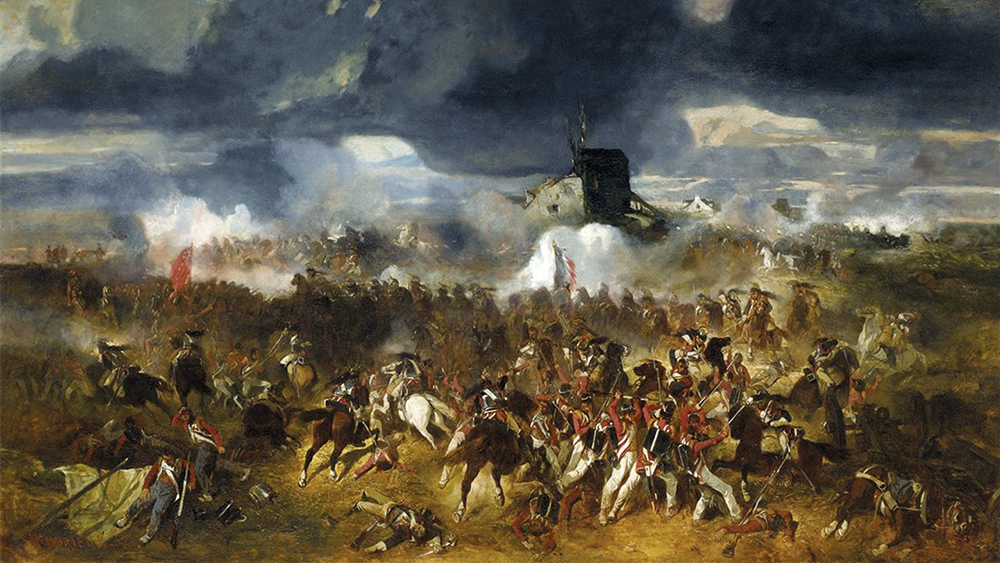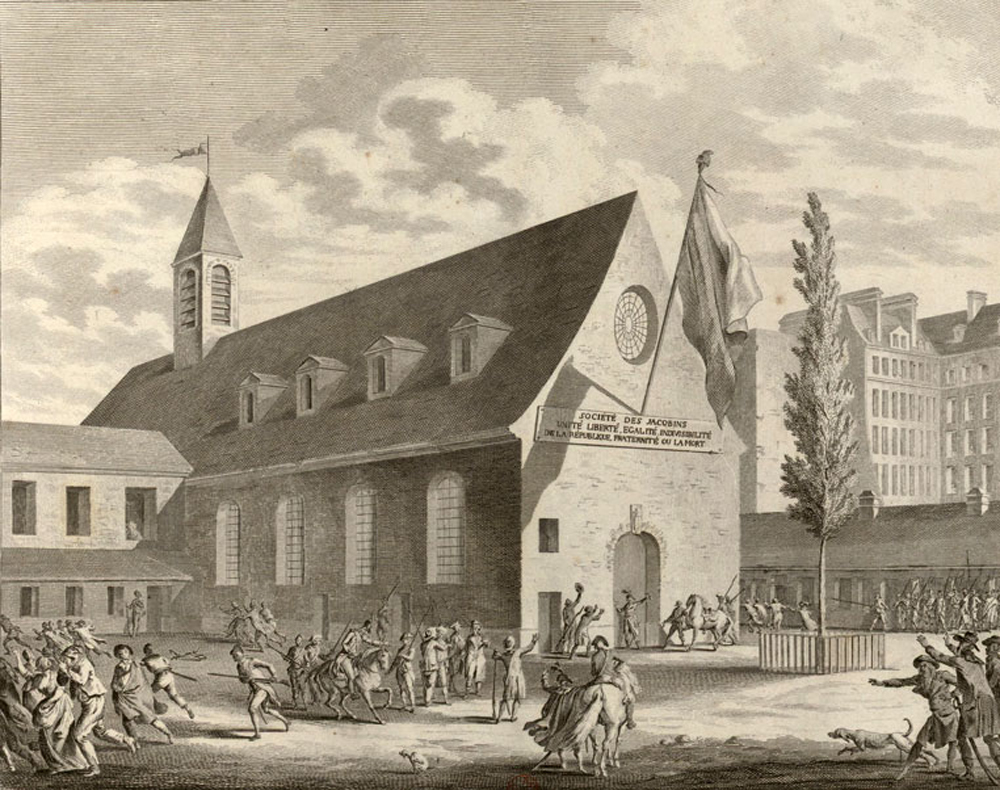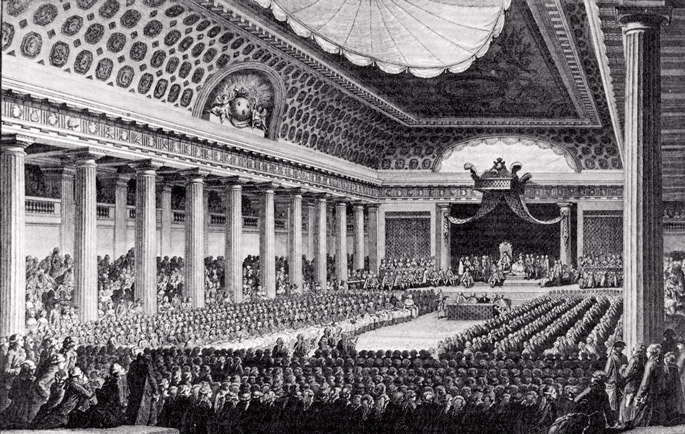'Retour des cendres', Napoleon's long funeral
- Longwood, the island of St. Helena, 16 April 1821. During exile, two or three weeks before his death, Napoleon Bonaparte added to his will the last wish: I wanted to be buried in Paris, “on the banks of the Seine River, in the midst of the French people I have loved so much”.
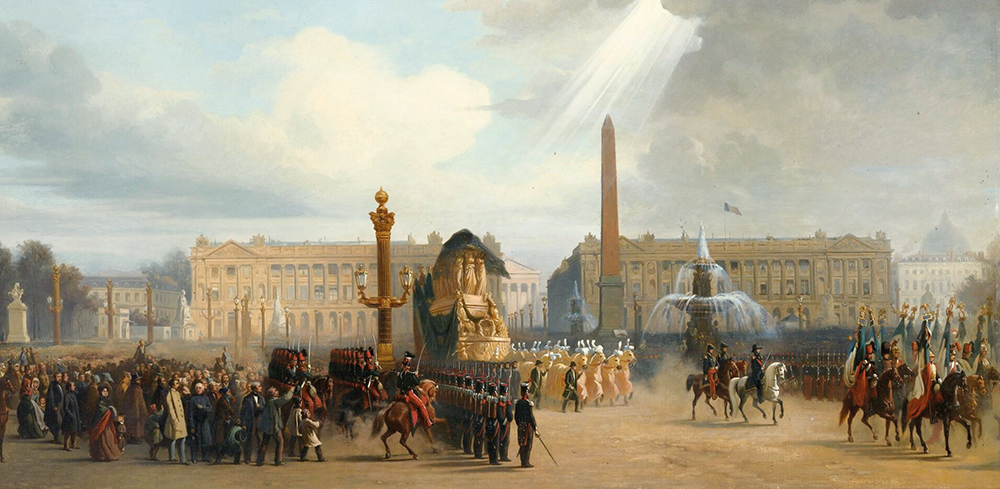
But Napoleon was buried in Santa Helena. It would be almost 20 years before their remains returned to France and many others until they entered the present grave. Retour des cendres, the long process, the return of the ashes.
Shortly after his death, the myth of Napoleon began to strengthen among the French population, as well as the demands and efforts to bring his remains to France. Finally, in May 1840, the French Chamber of Deputies voted in favour of bringing clues, although the proposal extended ten years earlier was rejected by the majority of Members. King Luis Felipe I agreed with the government's decision; the situation of the Monarchy of July was weak both abroad and inside the house, and he thought that Napoleon's return would strengthen his position and extinguish the atmosphere of revolt.
The expedition departed in July to St. Helena, presided over by the prince of Joinville, the king's youngest son. His father wanted a political benefit, but his son took advantage of the trip to do tourism. Among them, Cadiz, Madeira and Tenerife made stops without taking into account the amount of money being spent. It took them 93 days to reach the island.
Napoleon's remains were exhumed on October 14 of his first grave and four days later the boats left. The return journey was much shorter, and cheaper, 13 days, stimulating the risks of conflict with England. Inside France the situation was no calmer and the revolutionary atmosphere was spreading, so the government decided to speed up the preparation of Napoleon’s funeral and set the date on 15 December. To avoid hostilities, they held a military and non-civil ceremony. In other words, the citizens could not participate in the spectacular courtesy of Napoleon. Thus, Luis Filip did not achieve his purpose; on the contrary, this decision only led to a worsening of the image of the monarchy.
Napoleon was buried for the second time in Les Invalides on December 15, 1840, but his tomb, the work of Louis Visconti, was unfinished and entered the chapel of Saint-Jérôme. The deadline for the completion of the monument was extended by another two decades and the budget becomes extremely cumbersome; only by the sarcophagus stones did the State pay £200,000. On April 2, 1861, at a private ceremony, Napoleon Bonaparte was buried for the third and last time.
Finally, the retour des cendres did not bring any political benefit to anyone and excavated deep holes in the treasury.
Paris, 1667. Luis XIV.aren erregeldian, Colbertek hiriburuko polizia lotinantaren postua sortzeko agindua eman zuen.
Versailles, 1789ko irailaren 11. Batzar Nazional Konstituziogileko ia 1.200 kideak, jauregiko Menus-Plaisirs areto itzelean bilduta, Konstituzioaren artikulu bat eztabaidatzen hasi ziren: parlamentuak onartutako legeei betoa jartzeko eskubidea al zuen erregeak?
Bizpahiru... [+]












